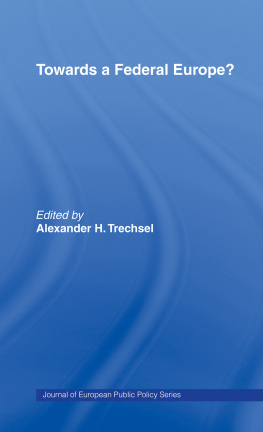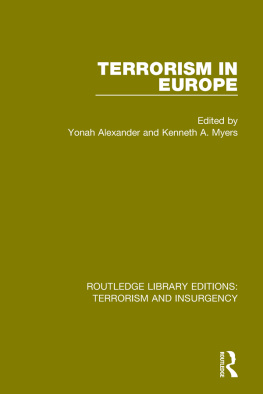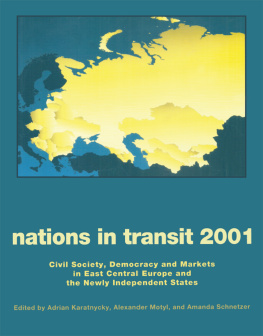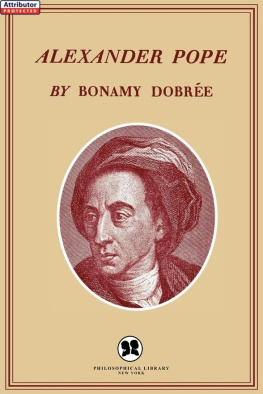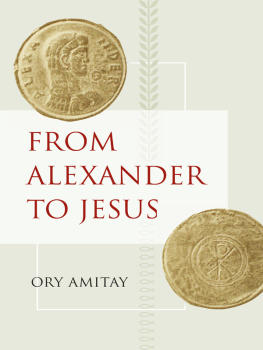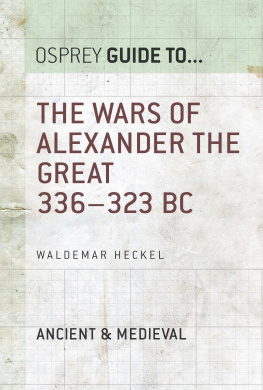Towards a Federal Europe?
This book deals with federalism and the EU. Much has been said separately on both topics. However, combining federalism with European integration and investigating their mutual impact is a rather recent endeavour. While there is little doubt that the majority of contemporary observers ascribe to the EU certain federal qualities, detecting processes of federalization here and there, scholars of comparative politics increasingly include the EU among their cases when investigating the impact of federalism on, for instance, policy making. The last decade saw a new wave of scholarly publications hit the shores where research on federalism and on the EU comes together. These emerging strands of research genuinely enrich our understanding of the EU and its politics.
This volume contributes to the debate on the federalisation of the federalisation of the EU at a moment in time when it is undergoing profound changes. The book is structured around four interrelated dimensions:
1) the constitutional/theoretical dimension;
2) the institutional vision;
3) the party/citizens dimension and
4) the policy dimension.
This structure allows the reader to consecutively funnel down from the more theoretical and abstract levels to the more concrete, policy oriented level.
This book was previously published as a special issue of the Journal of European Public Policy.
Alexander H. Trechsel is professor of political science and holder of the Swiss Chair on Federalism and Democracy at the European University Institute (EUI) in Florence. He is also co-director of the Research and Documentation Centre on Direct Democracy (c2d) and direct of the e-Democracy Center (e-DC), both located at the University of Geneva.
Journal of European Public Policy Series
Series Editor: Jeremy Richardson is a Professor at Nuffield College,
Oxford University
This series seeks to bring together some of the finest edited works on European Public Policy. Reprinting from Special Issues of the Journal of European Public Policy, the focus is on using a wide range of social sciences approaches, both qualitative and quantitative, to gain a comprehensive and definitive understanding of Public Policy in Europe.
Towards a Federal Europe
Edited by Alexander H. Trechsel
The Disparity of European Integration
Edited by Tanja A. Brzel
Towards a Federal Europe?
Edited by Alexander H. Trechsel
First published 2006 by Routledge
2 Park Square, Milton Park, Abingdon, Oxon, OX14 4RN
Simultaneously published in the USA and Canada
by Routledge
270 Madison Ave, New York NY 10016
Routledge is an imprint of the Taylor & Francis Group
Transferred to Digital Printing 2008
2006 Taylor & Francis
Typeset in Agaramond by Techset Composition Limited
All rights reserved. No part of this book may be reprinted or reproduced or utilised in any form or by any electronic, mechanical, or other means, now known or hereafter invented, including photocopying and recording, or in any information storage or retrieval system, without permission in writing from the publishers.
British Library Cataloguing in Publication Data
A catalogue record for this book is available from the British Library
Library of Congress Cataloging in Publication Data
A catalog record for this title has been requested
ISBN10: 0-415-37586-X (hbk)
ISBN10: 0-415-46388-2 (pbk)
ISBN13: 978-0-415-37586-3 (hbk)
ISBN13: 978-0-415-46388-1 (pbk)
Contents
Alexander H. Trechsel
Alexander H. Trechsel
Andreas Auer
Klaus von Beyme
Yannis Papadopoulos
Lori Thorlakson
Thomas Christin, Simon Hug and Tobias Schulz
Fernando Mendez
David McKay
Herbert Obinger, Stephan Leibfried and Francis G. Castles
Andreas Follesdal
Alexander H. Trechsel
The present volume developed from the proceedings of an international conference inaugurating the Swiss Chair on Federalism and Democracy at the European University Institute (Florence) in the summer of 2003.1 The selected contributions have been revisited in relation to key issues that emerged during the conference, including discussions of the most recent political events related to the topic. This volume is structured around four interrelated dimensions: (1) the constitutional/theoretical dimension; (2) the institutional vision; (3) the party/citizens dimension; and (4) the policy dimension. This structure allows the reader to consecutively funnel down from the more theoretical and abstract levels to the more concrete, policy-oriented level.
The guest editors introductory contribution focuses on one possible avenue, hitherto much neglected, for further federalization of the European Union (EU). The piece compares the EUs efforts to give itself a Constitution with the federalization processes in Switzerland and the US. In doing so, it is argued that the unanimity principle for adopting the EU Constitution and maybe even more importantly for its future amendments may lead to a situation of deadlock. Such a risk is enhanced by the combination of the enlargement-induced increase in the number of veto-players, the extensive form the European Convention has given the EU Constitutional Treaty and the referendum procedure for ratification that has become fashionable in several member states. As a result of this constellation, the EUs federalist deficit may come to play a role even more prominent than that played by the famous democratic deficit. Overcoming the federalist deficit may even become a prerequisite for a fundamental reduction of the democratic deficit.
Following this introductory piece, the constitutional/theoretical dimension contains two contributions that use the analytical tools provided by theories of federalism to understand and illuminate recent developments in the construction of Europe. Relying on a comparative approach, this section of the volume identifies fundamental principles and current trends in the field of federalism and the EU. The contribution by Andreas Auer focuses on the linkages between the institutions of federalism and constitutional law. Starting off with a reflection on the contribution of federalism to modern constitutionalism, the author defines federalism on the basis of three main principles, which necessarily have a constitutional impact. Building on these principles, Auer shows that federal constitutions are different from non-federal constitutions, as they have some specific functions to perform. As a result, federalism can be seen as a main factor for fostering the legal, as opposed to the political, nature of the constitution. Finally, Auer somewhat provocatively contends that in terms of constitutional theory, a federal Europe has already become reality.
Klaus von Beyme addresses the questions whose Europe? and who speaks for the Europeans? which involve a basic contradiction in European constitutional engineering: federalist autonomy developed against democratic representation on the basis of popular sovereignty of equal citizens. Working on a European constitution includes the search for a fair balance of the modes of representation. Von Beyme shows, however, that the balance remains precarious. Asymmetries in de iure institutional settings and in de facto social and economic developments permanently reshuffle the balance. Europe more heterogeneous than any of the existing federations or decentralized states in Europe will suffer from this contradiction and has to be prepared for these dynamics.


